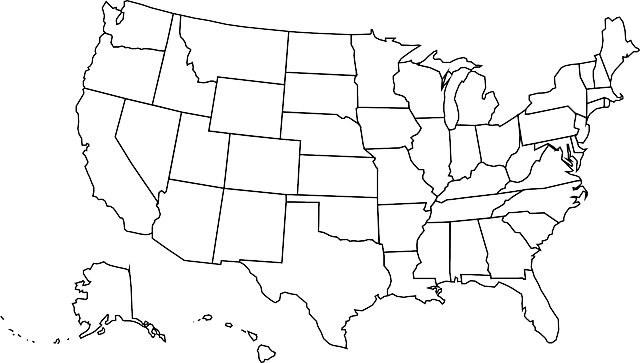
Technology can help in the battle for public health. Academia and the private sector, including social media companies, can play a role in making it available.
The Delphi Research Group at Carnegie Mellon University created a tool to track the prevalence of COVID-19 in the United States: Its COVIDcast maps cover over 601 counties in the U.S.
The data sources for the map include Google searches, Facebook surveys, doctor visits, search trends, and the influenza lab tests statistics.
Use of COVIDcast Maps
A COVIDcast researcher said that millions of responses to the Carnegie Mellon surveys by Google and Facebook users provide the team with real-time estimates of the activity of the coronavirus.
The survey results provide real-time indications of the activity of the deadly disease, which was not available previously from any other source.
These maps can help governments decide where to direct the resources like PPE (personal protective equipment), kits, and medicines.
Cooperation with Tech Companies
The map demonstrates that academia, the private sector and the public sector can work together. Private sector tech companies like Google and Facebook, as well as private sector labs, provided the raw data for researchers to process and analyse. As a result, public health authorities have an additional tool at their disposal for making decisions about the distribution of public resources against the disease.
Additionally, social media companies can propagate the data as part of an effort to put out accurate, professional information about the coronavirus. For example, Facebook has featured the COVIDcast maps on its site.



